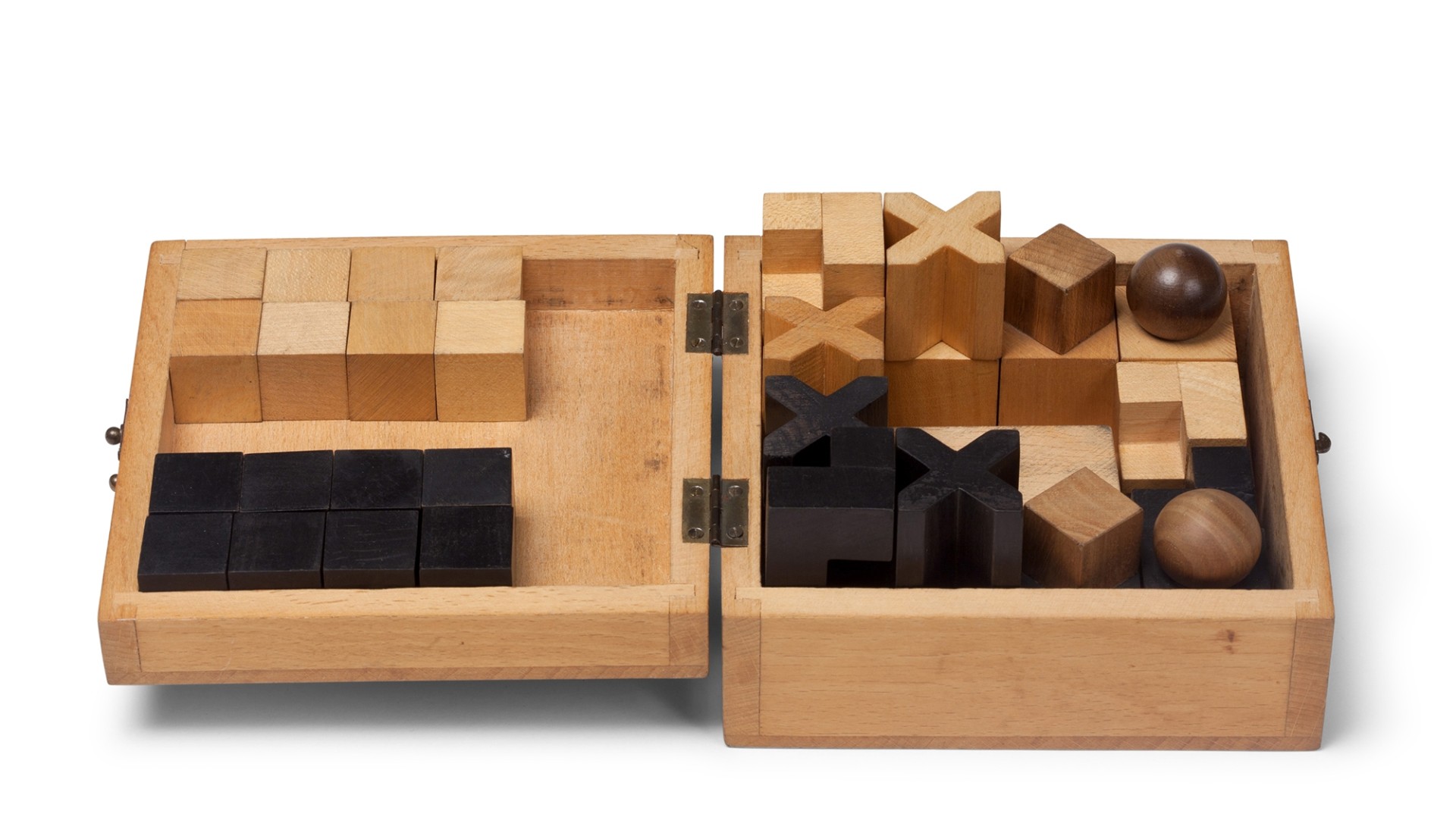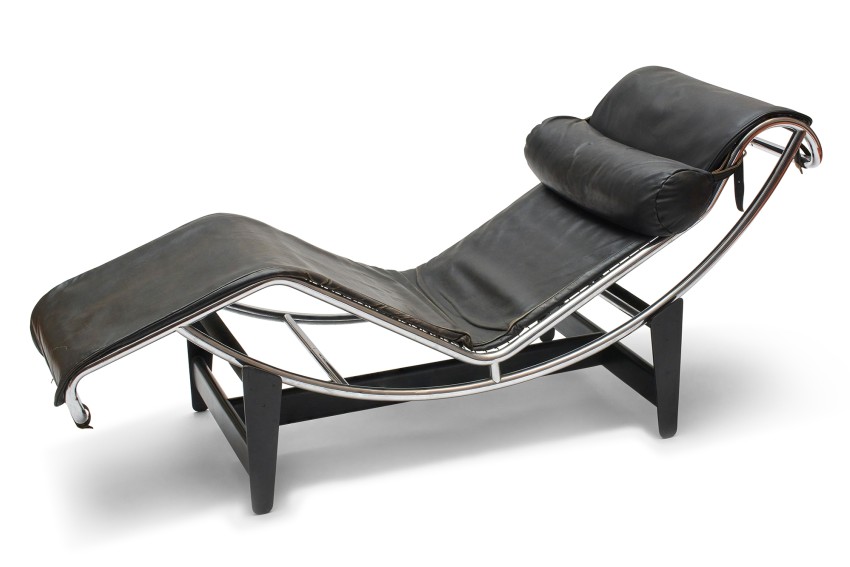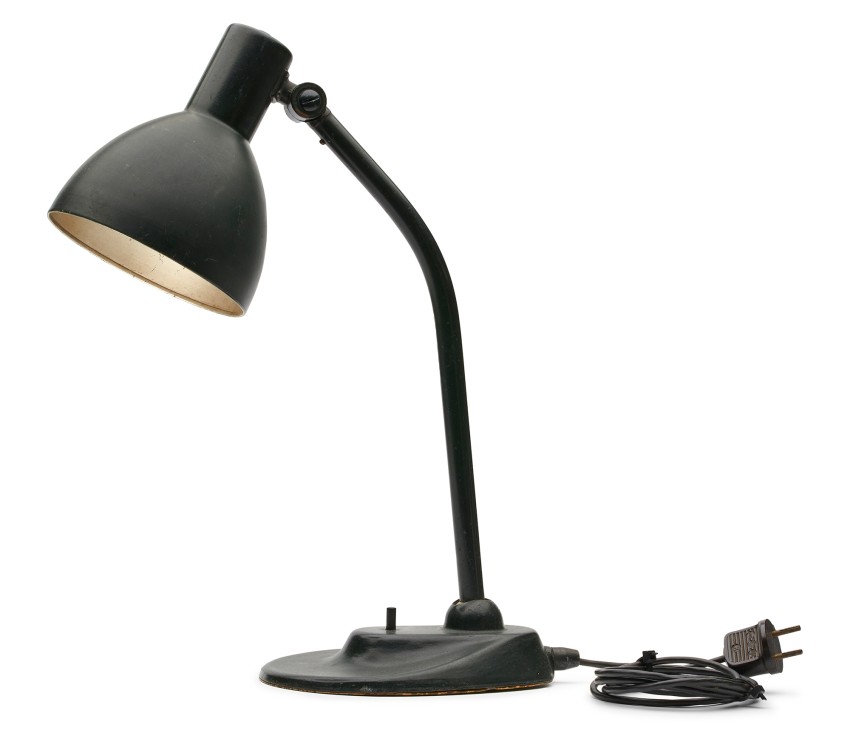Bauhaus
The Staatliche Bauhaus was founded in Weimar in 1919 under the direction of Walter Gropius. The manifest published on this occasion summarises its goals as follows: the disciplines of painting, sculpture, arts and crafts and handicraft were to be brought together under the primacy of architecture – following the medieval model of the Bauhütte.
In order to achieve this, the Bauhaus teachers developed a practice-oriented programme. Following a preparatory course that imparted the foundations of design, the students were to join at least one workshop to study a particular craft.

Despite the fact that the aims of the Bauhaus changed several times during its existence up to 1933 – from the “unification of art and craftsmanship” to the “unity of art and technology” to the “determination of form through function and cost” – the institute probably became the most influential art school of the 20th century.
The strict functionalism that was particularly evident and implemented in the Bauhaus building in Dessau had a major influence on later institutes and design developments.

Numerous designs are regarded as design classics today and are still being produced. The Kandem Lamp No. 679 (1928 design) by Marianne Brandt and Hin Bredendieck is a good example of this.
